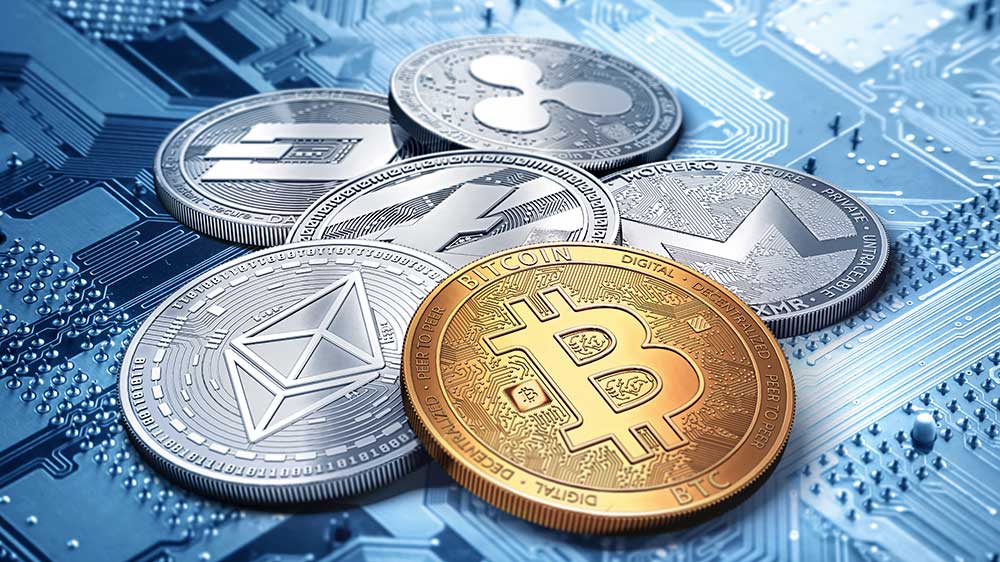BTC price denies bulls’ post-Christmas rally
Data from Cointelegraph Markets Pro and TradingView tracked a $1,500 BTC price comedown versus the daily open.
In a firm reminder of the power of overhead resistance, Bitcoin stayed firmly rooted in a corridor now in place for over a week.
Problems to the upside were many and various — as Cointelegraph reported, profit-taking and overly high funding rates were making analysts concerned over what could happen next.
Analyzing the status of play on order books, Maartunn, a contributor to on-chain analytics platform CryptoQuant, eyed increasing bid liquidity being added at $40,000 support on Coinbase.
Trading resource Material Indicators, meanwhile, noted some buying interest from whales in the current range.
“We are also seeing some small blocks of bid liquidity move up above $42k, perhaps trying to prevent a lower low. Watching to see if it hold,” it wrote in part of a post on X (formerly Twitter) on the day.
An accompanying chart showed liquidity levels for the BTC/USDT pair on largest global exchange Binance.
Continuing on the immediate outlook, Filbfilb, co-founder of trading suite DecenTrader, cautioned over optimistic BTC price predictions.
Related: Bitcoin trader with $12K BTC price target warns ‘weeks’ to crypto comedown
The upcoming approval decision for the first United States Bitcoin spot price exchange-traded fund (ETF) should be no cause for making assumptions, he told X subscribers.
“The increasing competition for who’s calling the highest number for Bitcoin when ETF comes along is a red flag,” he wrote.
“If initial capital flows are lacklustre expect a correction.”
Filbfilb is not alone among market participants who see a “sell the news” reaction to an ETF go-ahead, due by Jan. 10, 2024. Previously, however, he forecast a $46,000 BTC price by the April block subsidy halving.
“I’m still of the view that the overall outcome will be a strong 2024 and there would be a pump of some sort on approval, but it’s expected with like 95% certainty,” he added about the ETF.
Why is Bitcoin price up today?
Introduction:
In the ever-volatile world of cryptocurrency, the question of why Bitcoin’s price is up today is one that consistently captures the attention of investors, enthusiasts, and analysts alike. The digital asset, known for its price fluctuations, has experienced a notable surge recently, prompting a closer examination of the factors contributing to this upward trend.
Market Sentiment:
One crucial element influencing Bitcoin’s price movement is market sentiment. Investor perception of the cryptocurrency market plays a pivotal role in determining whether individuals are inclined to buy or sell Bitcoin. Positive news, regulatory developments, and institutional endorsements often result in a surge in confidence, leading to increased demand for Bitcoin and subsequently driving up its price.
Institutional Adoption:
Over recent months, there has been a notable uptick in institutional adoption of Bitcoin. Major financial institutions, such as investment funds and publicly traded companies, are increasingly recognizing the potential of Bitcoin as a store of value and a hedge against inflation. When institutions make significant investments in Bitcoin, it not only validates the cryptocurrency’s credibility but also generates a surge in demand, contributing to the current price hike.
Regulatory Developments:
Regulatory developments have a profound impact on the cryptocurrency market. Positive regulatory news, such as the approval of Bitcoin exchange-traded funds (ETFs) or the development of clear legal frameworks, can instill confidence among investors. Conversely, negative regulatory developments may lead to uncertainty and a subsequent decline in prices. Today’s price surge may be linked to favorable regulatory news, indicating a growing acceptance of cryptocurrencies in mainstream finance.
Macro-Economic Factors:
Bitcoin has often been referred to as “digital gold” and is considered by some as a hedge against economic uncertainty. Factors such as inflation fears, currency devaluation, and global economic instability can drive investors toward alternative assets like Bitcoin. The recent surge in Bitcoin’s price may be a response to macro-economic conditions, with investors seeking refuge in the decentralized and finite nature of the cryptocurrency.
Supply and Demand Dynamics:
The fundamental economic principle of supply and demand plays a significant role in determining Bitcoin’s price. Bitcoin has a capped supply of 21 million coins, making it inherently deflationary. As demand increases, driven by factors like institutional adoption, scarcity leads to an increase in price. Recent events may have triggered a surge in demand, causing a corresponding rise in Bitcoin’s price.
Technological Developments:
Advancements in blockchain technology and the broader cryptocurrency ecosystem can also impact Bitcoin’s price. Upgrades to the Bitcoin network, improvements in scalability and security, and the development of innovative solutions on the blockchain can generate positive sentiment among investors. A vibrant and evolving ecosystem can attract new participants, contributing to a higher valuation of Bitcoin.
Conclusion:
The surge in Bitcoin’s price today is a multifaceted phenomenon, influenced by a combination of market sentiment, institutional adoption, regulatory developments, macro-economic factors, supply and demand dynamics, and technological advancements. As the cryptocurrency landscape continues to evolve, it remains crucial for investors and analysts to stay attuned to these factors to understand and navigate the volatile nature of Bitcoin and the broader digital asset market.








